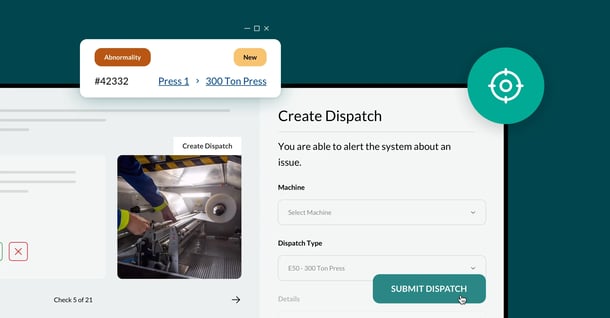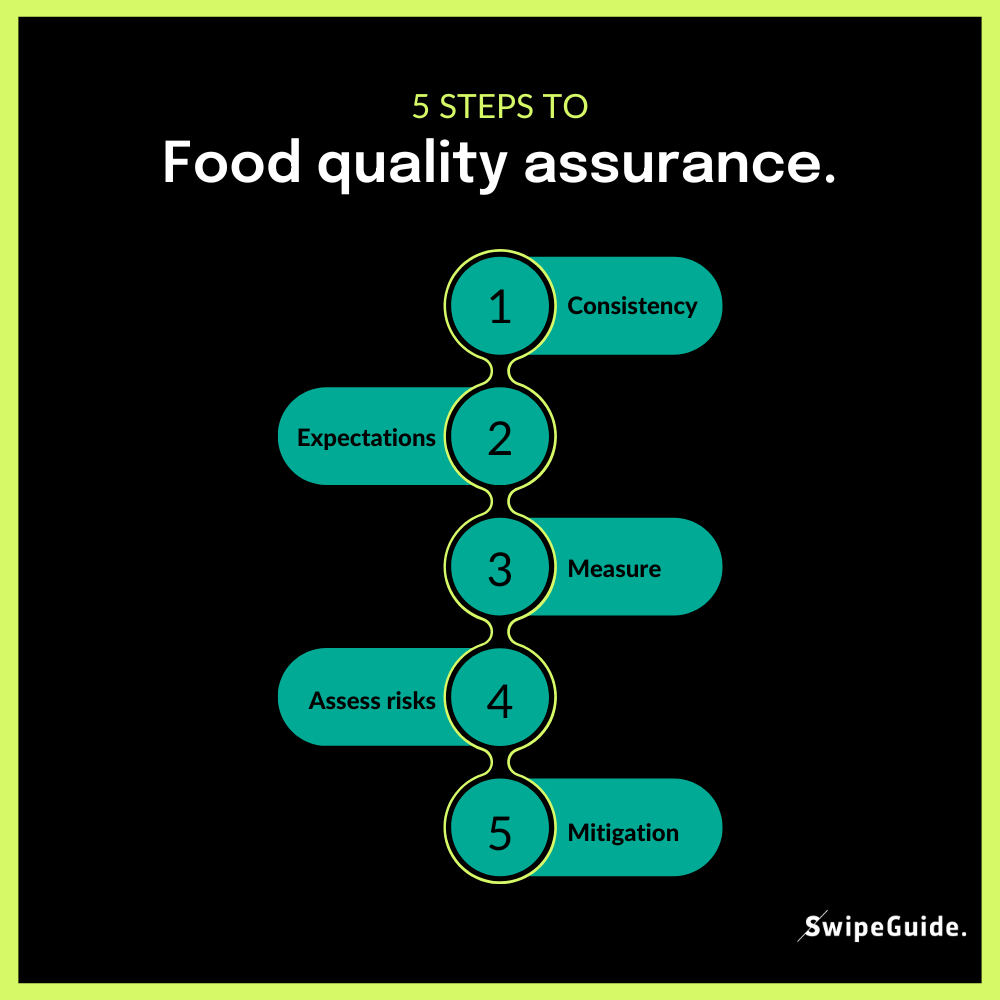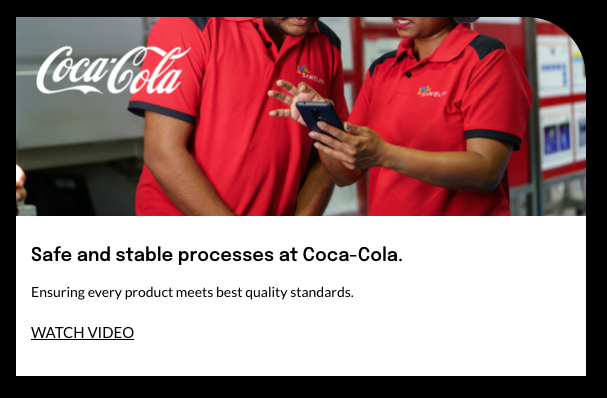

Quick Guide: Improve Food Quality Assurance & Safety in Manufacturing
Comply with industry standards for top-notch food quality assurance. How does standardization ensure efficient production and safety for your business?
Quality assurance is a crucial aspect of any industry. However, quality assurance is EXTRA crucial in the food and beverage industry, where end-users' health can be seriously affected if quality is not on par with standards.
→ Let's focus on the best practices for food quality assurance, step by step.

Step 1. Consistency.
- Remember that implementing a food quality assurance program must be done daily and consistently to achieve the desired outcomes.
- It's not a one-time fix, but an ongoing progress that should be engrained in the culture and way-of-working of your organization.
→ Think about: How can quality assurance consistently stay top-of-mind? Storytelling usually works very well.
→ Tip: Instead of "horror stories" of when things went wrong, try to tell stories of situations when team members did something right to ensure food quality.
Step 2. Expectations.
- The success of a food quality assurance program largely depends on setting realistic expectations for the entire HSEQ team.
- Cost of quality (COQ): The cost of quality includes failures in-house and across the product value chain, including appraisal and prevention costs.
- As a rule of thumb, poor quality costs should not exceed 10-15% of revenue. Set realistic expectations for measures like cost of quality.
→Think about: Who should be driving these initiatives and setting the expectations? Who's involved? How are you managing expectations and how are they reported?
→ Tip: Expectations can change over time. If you're consistently not achieving your improvement goals, your expectations might be too high. However, too low expectations are demotivating, so try to strike a balance.
Step 3. Measure.
Decide how to consistently measure your progress.
→Think about:- What should you measure? Discuss with your team.
- How do you measure it? What's the process? Document it.
- Where do you save your measurements? Make sure that it's accessible.
- Who's responsible for measuring? This shouldn't depend on one person.
→Tip: Quality metrics can come from various sources, including customer requirements and quality certifications.
Step 4. Assess risks.
To support a strong quality of food assurance program, companies should perform a detailed risk assessment across all possible areas.
→Think about:
- Suppliers
- Raw materials
- Crisis management
- Product recalls
- Audit management
- Traceability
- Allergens
- Complaints
- Sanitation
- Microbial control
→Tip: Ask seasoned colleagues about what problems and risks they've dealt with in the past. You might come across surprising incidents.
+ Remember: history doesn't repeat itself, it rhymes. Even if something happened in the past, it probably won't occur exactly in the same way again. Think of risks in a broader
Step 5. Mitigation.
Once risks have been identified, the next step is to establish mitigation strategies to address the highest-level risks proactively.
→Think about:
- Develop Quality Standard Operating Procedures (SOPs)
- Effective (on-the-job) training for QA teams to satisfy quality demands.
- Set up Statistical Process Control (SPC) monitoring in order to measure and control quality by comparing products.
→Tip: By focusing on standardized work instructions and checklists, food quality assurance can be improved and maintained consistently, no matter who's performing the task at hand.
Want to learn more?
👉 SOPs for HSEQ teams: digital how-to library for safe operations.
👉 How Frontline Teams Improve Product Quality and Avoid Recalls.
👉 VIDEO: How Coca-Cola manages safe and stable processes.
Author
Revisions
It's time to simplify frontline training
Work instructions, checklists, and skills management - all in SwipeGuide
- Cut training time by 50%
- SOC I and II compliant
Get to know us
SCHEDULE YOUR DEMOResources
-
1
How to empower your frontline with better instructional design. -
2
How to gain the edge in Industry 4.0 with smart manufacturing practices. -
3
How to make excellent digital work instructions. -
4
How to deliver continuous improvement at the frontline with Lean principles. -
5
How to capture, share, and improve expert knowledge with digital SOPs.


